Wet finishing, pressing and trimming The final finishing took 5 steps (Note: My choice for wet finishing varies depending on the fiber and structure of the scarves. Bamboo and tencel scarves in twill and plain weave do very well with machine washing and drying)
To read my final thoughts on this project go to Life History-Final To review, go back to Life History-Day 8
0 Comments
Your comment will be posted after it is approved.
Leave a Reply. |
Pattie LambI have been happily weaving since my son was born in 1988. Archives
June 2023
Categories
All
|

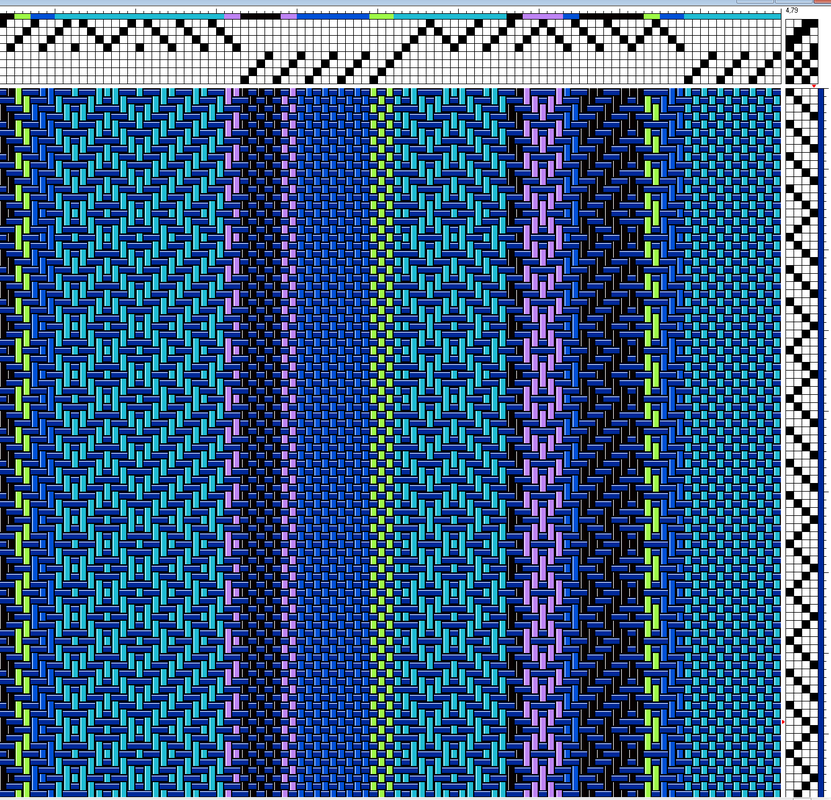
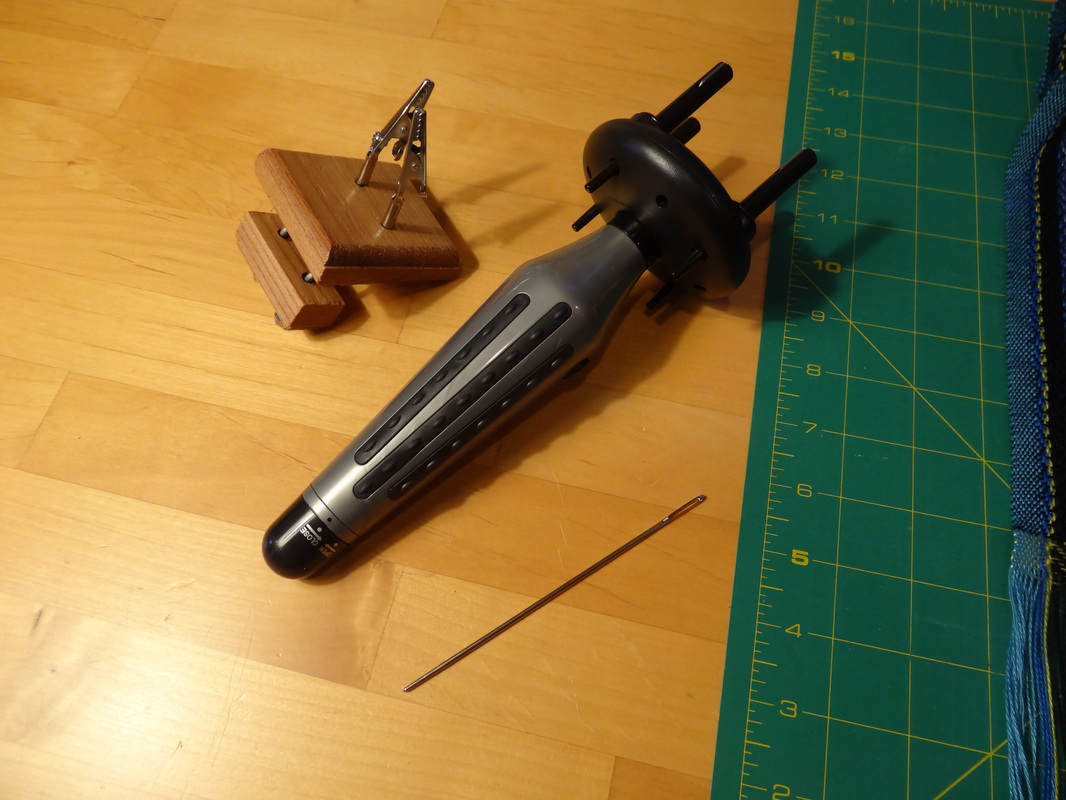
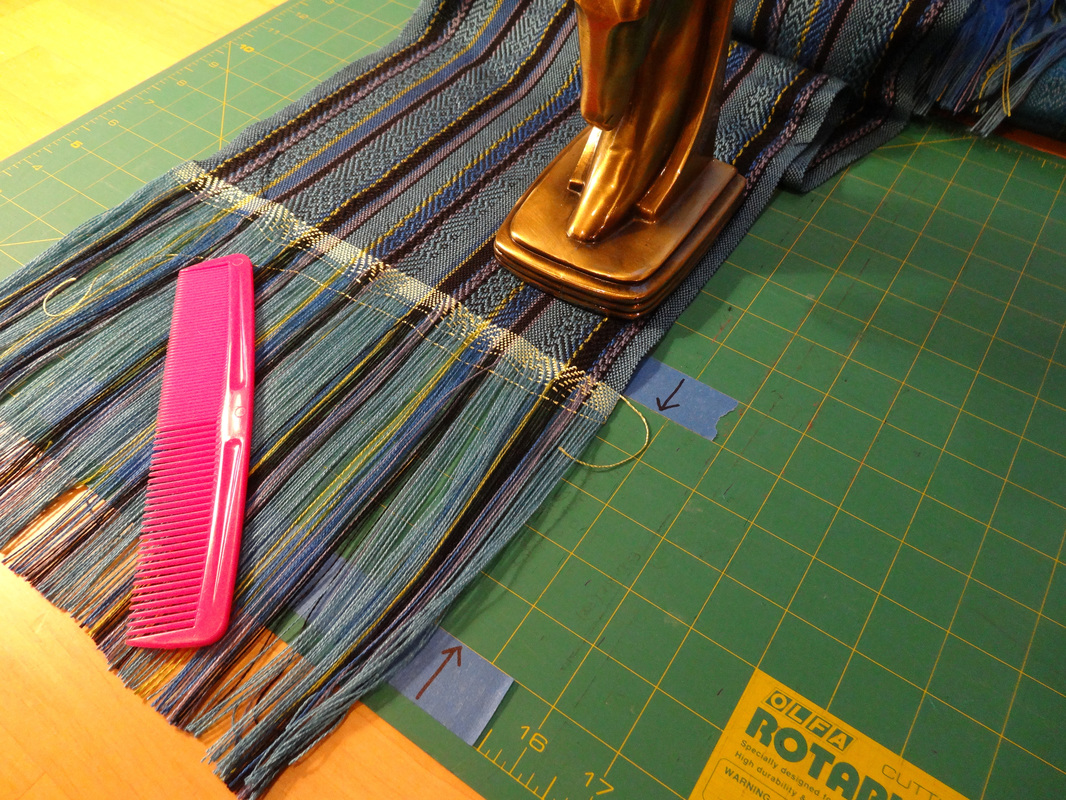
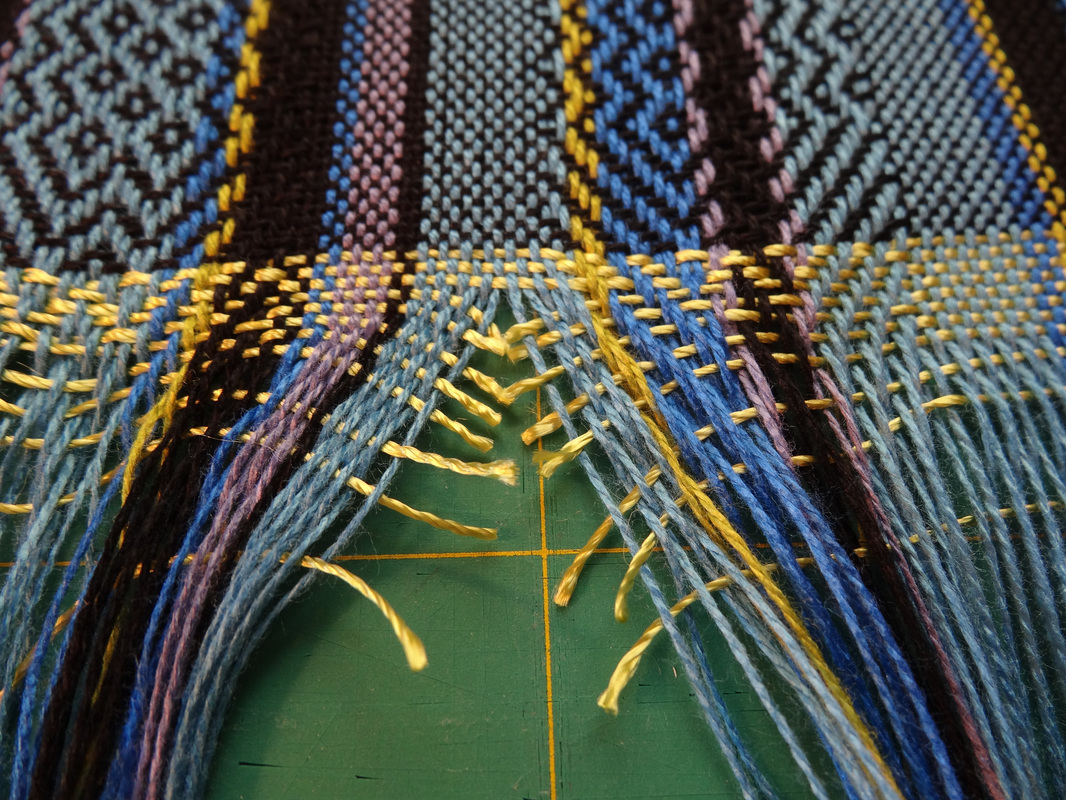
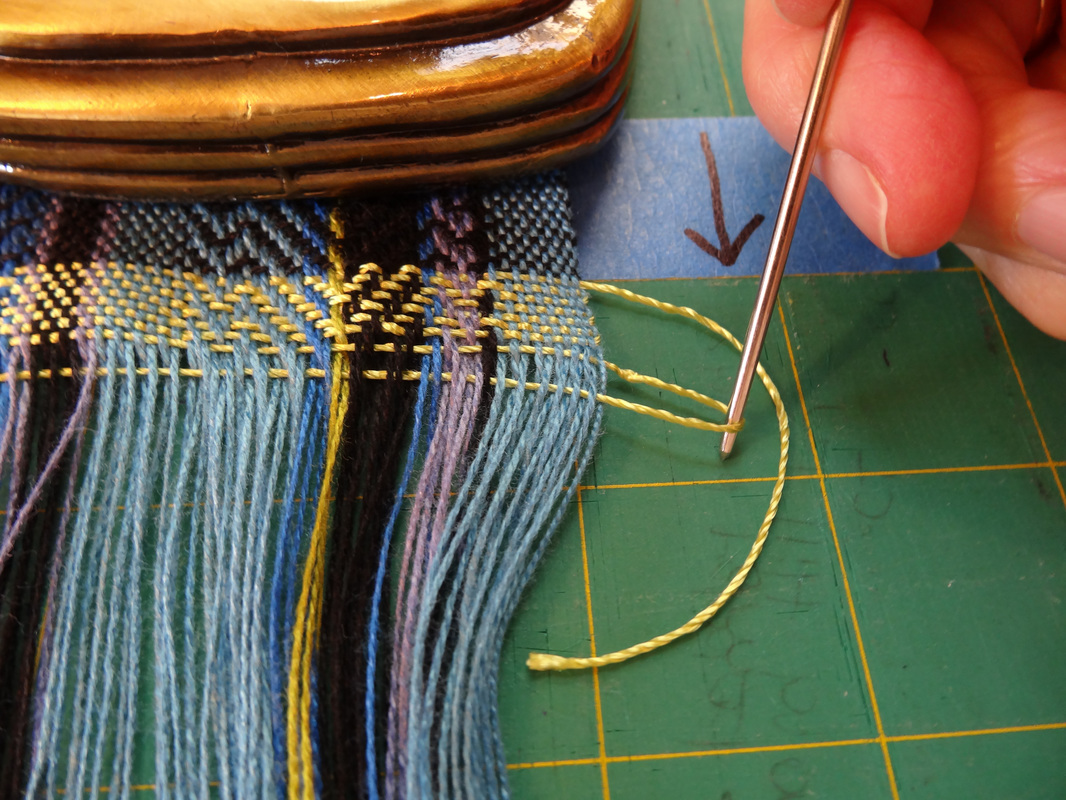

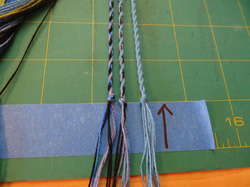
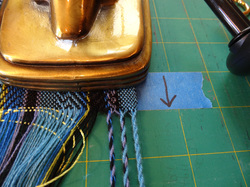
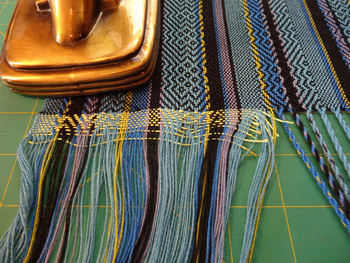
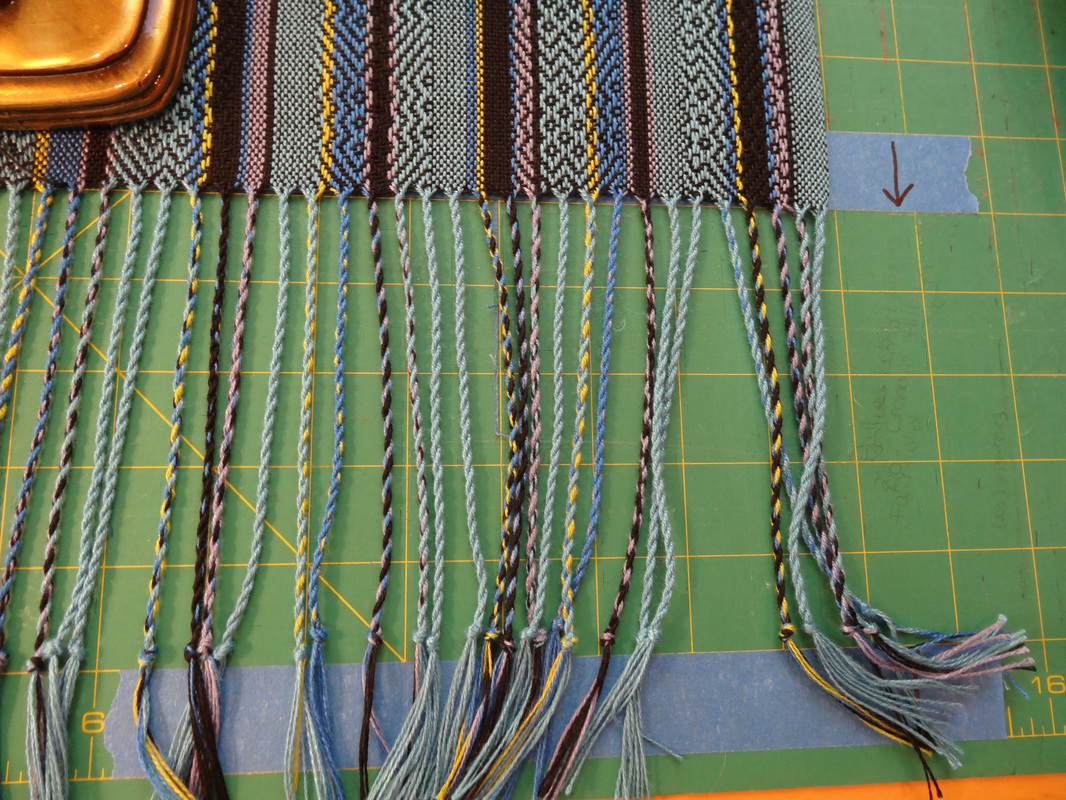
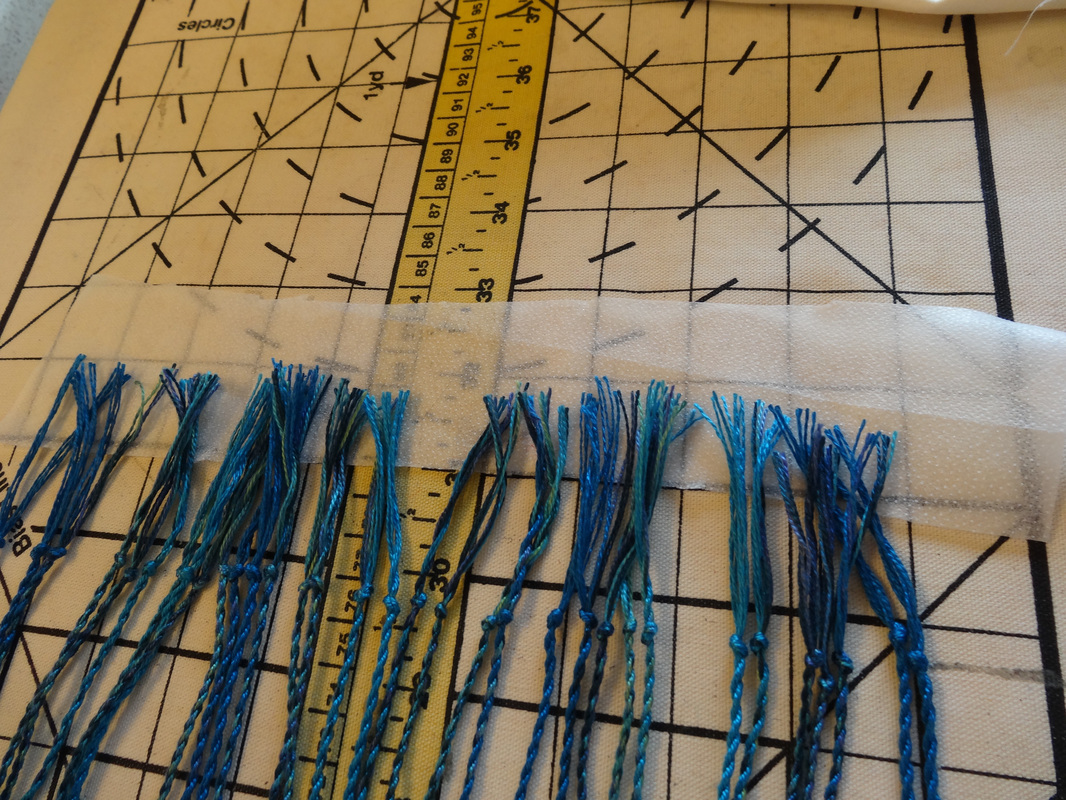
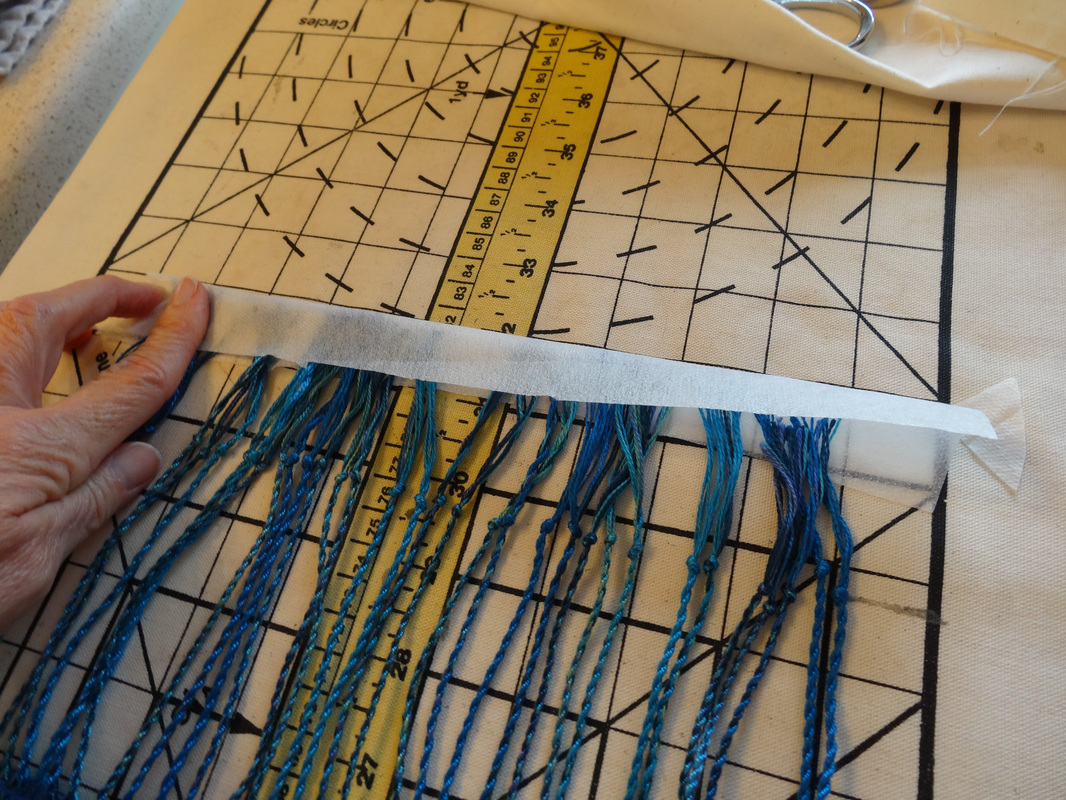
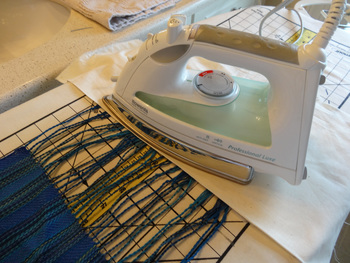
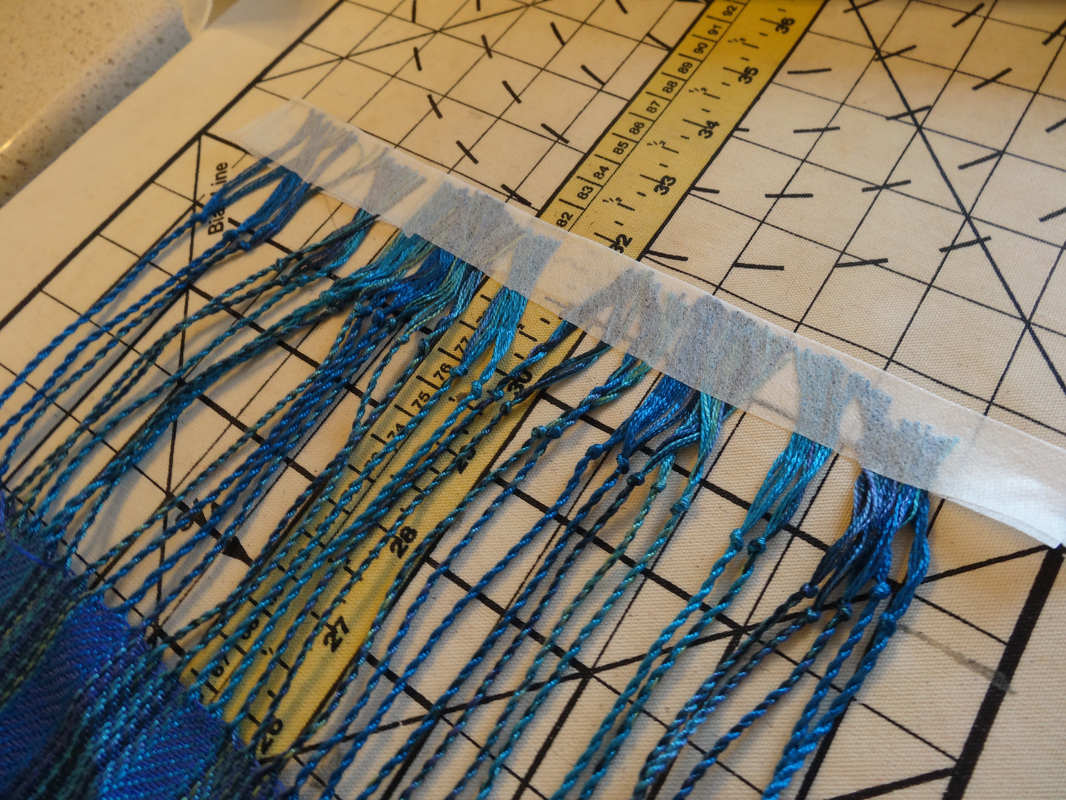
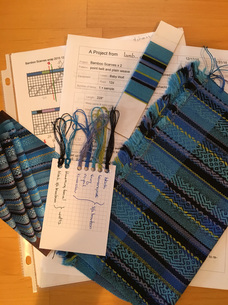
 RSS Feed
RSS Feed